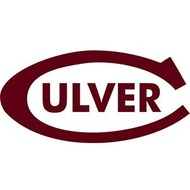GLOBE Cave Protocol Field Guide: Comparing Surface and Subterranean Environments
(View Complete Item Description)The GLOBE Cave Protocol Field Guide utilizes existing GLOBE protocols to explore an extreme environment. Caves provide an opportunity to utilize GLOBE protocols to investigate underground environments and compare them to surface environments. Outside the cave, students record elevation, MUC, latitude and longitude, air temperature, relative humidity and air pressure. Inside the cave, students record air temperature, relative humidity and air pressure as well as observe and describe cave features in each room. Students also note evidence of biological activity and human impact. If water is present inside the cave, students record water temperature and pH. Follow up questions are included in the Field Guide.
Material Type: Activity/Lab, Interactive














